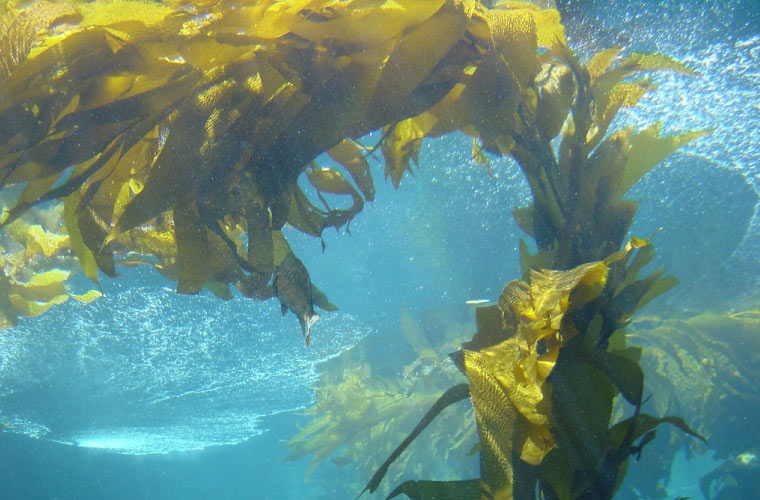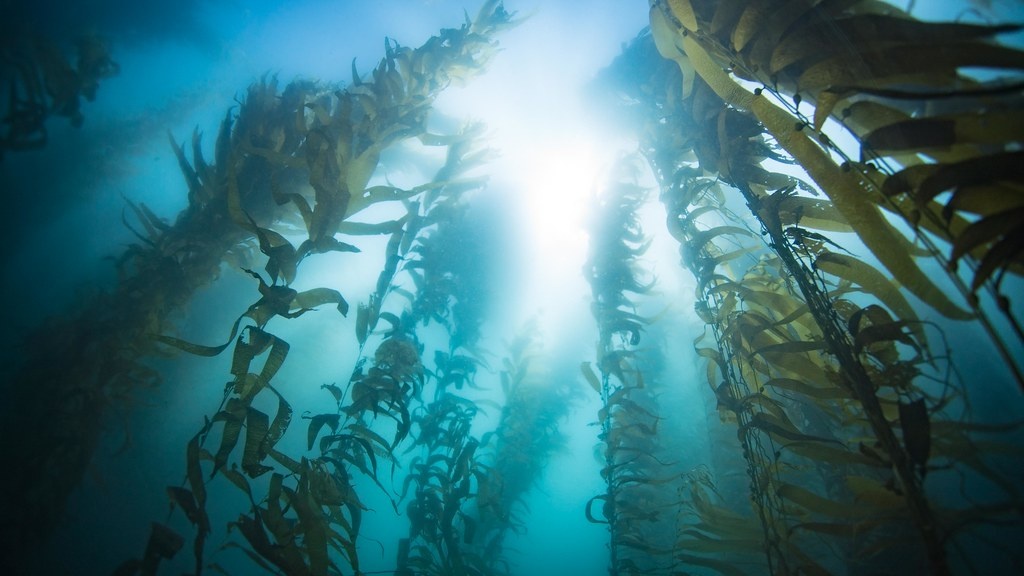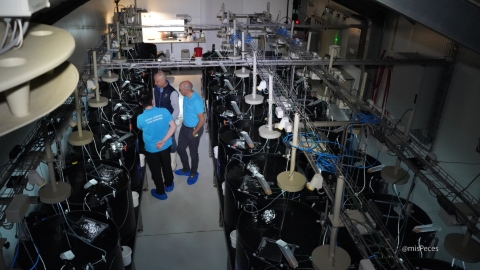
Approximately 450 million years ago, during the Ordovician Biodiversification Event-a period marked by an explosion of life in the oceans-the first brown algae (Phaeophyceae) emerged. These algae, descendants of unicellular photosynthetic organisms known as stramenopiles, arose following a secondary symbiosis with red algae. At this point, they began developing genetic and structural features that would establish them as a unique and highly successful lineage.
The marine environment of that era, characterised by increased atmospheric oxygen and the appearance of herbivores, encouraged the transition to more complex multicellular forms. Brown algae evolved cell walls rich in alginates-a polysaccharide that provided flexibility and resilience, essential for thriving in dynamic intertidal zones. Additionally, they started synthesising specialised metabolites such as phlorotannins and halogenated compounds, which equipped them to fend off predators and adapt to harsh conditions.
During the Palaeozoic Era, brown algae began to diversify, developing intricate life cycles and varied body structures. However, their true flourishing came after the Premian-Tirassic mass extinction around 252 million years ago. This catastrophic event wiped out much of their competition, including dominant green and red algae, creating new ecological niches where brown algae could thrive.
In the Mesozoic Era, the continental drift of Pangaea and the emergence of new coastal habitats further propelled their diversification. This period saw the formation of the first underwater kelp forests, which support a rich array of marine biodiversity. Brown algae evolved specialised tissues, such as the intercalary meristem, which enables perennial growth and resistance to herbivory.
Over the past 100 million years, these algae have continued to adapt to colder climates, expanding their habitats and diversifying their reproductive strategies. For example, some species lost flagellar structures, while others modified their life cycle to optimize reproductive success in changing environments.
One fascinating aspect of their evolution is the integration of viral DNA into their genomes. These viral insertions, particularly from Phaeovirus, have enriched the genetic diversity of brown algae, enhancing their ability to adapt to new environmental conditions.
Today, brown algae are not only keystone organisms in coastal ecosystems but also significant carbon sinks that play a crucial role in mitigating climate change. Their evolutionary journey, shaped by genetic innovation and adaptability, has positioned them as essential components of the oceans, capable of enduring adversity in a world of constant change.
Why is it important to understand this evolutionary history?

Understanding the evolutionary history of brown algae does more than connect us to the past-it equips us with the knowledge to address ecological, economic, and climate challenges of the present and future.
These algae, witnesses to massive planetary changes, remind us of life’s extraordinary capacity for adaptation and survival. Insights into their history can inspire conservation strategies in regions where kelp forests have disappeared and offer pathways to mitigate climate change.
Additionally, exploring their evolutionary journey can help us comprehend the development of their unique metabolic capabilities, which hold promise for advances in synthetic biology, sustainable materials, and other applications. By learning from the resilience and adaptability of brown algae, we can draw lessons to ensure the sustainability of marine ecosystems and beyond.


